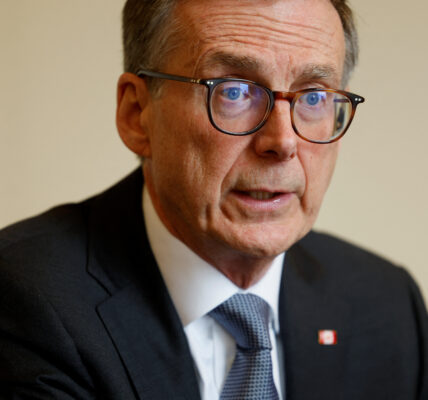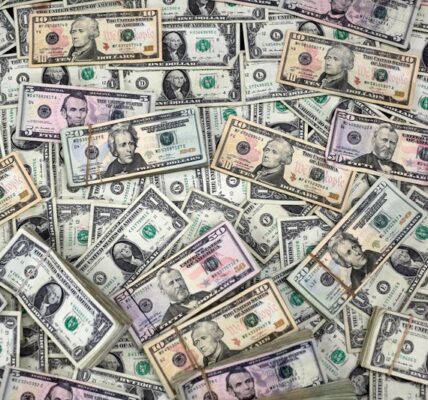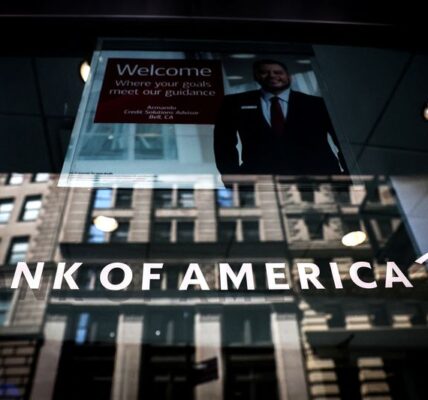NEW YORK -Bond investors have taken a neutral stance in the run-up to the Federal Reserve’s two-day monetary policy meeting this week, reflecting continued caution over U.S. trade policy that threatens to plunge the world’s largest economy into recession.
Fixed-income investors said they are either staying neutral relative to their benchmarks, reducing their long-duration exposure, or preferring to remain on the shorter end of the yield curve.
“We are sort of in this uneasy equilibrium between growing economic concerns as we see soft data sour a bit, but also the potential for policy shocks that could impact inflation outlooks and the deficit,” said Chip Hughey, managing director of fixed income at Truist Advisory Services in Richmond, Virginia.
To be neutral means sticking to a portfolio’s duration benchmark. For instance, if the benchmark duration is five years, a neutral position would suggest staying in fixed-income assets with five-year maturities or around that vicinity.
Duration, which is expressed in number of years, provides an indication on how far the bond’s value will fall or rise when interest rates move. In general, when rates fall, higher-duration bonds experience a greater increase in value compared to those with lower duration.
Investors extended duration for most of 2024, believing at the time that the Fed would embark on a deep rate-cutting cycle. Long-duration bets typically involve buying longer-dated assets on expectations of a decline in yields.
On Wednesday, the U.S. central bank’s policy-setting Federal Open Market Committee is widely anticipated to keep its benchmark overnight interest rate in the 4.25%-4.50% range. Stronger-than-expected U.S. nonfarm payrolls data for April last Friday also gave the Fed some leeway to keep rates unchanged.
Since the Fed’s last meeting in March, President Donald Trump’s administration has introduced a massive trade shock that saw effective tariff rates surge, particularly on Chinese goods.
That fueled a U.S. Treasuries sell-off that, at one point, pushed benchmark 10-year yields more than 70 basis points (bps) higher to nearly 4.6% over the April 3-11 period. The U.S. 10-year yield is currently at 4.357%.
In his post-meeting press conference on Wednesday, Fed Chair Jerome Powell is likely to indicate that Trump’s tariff shock could lead to higher inflation and an increase in unemployment, with recession not a far-fetched scenario.
NO PRE-EMPTIVE MOVE
“The Fed is unlikely to act pre-emptively given its expectation that inflation will be firming and the size of the tariff shock could produce persistent inflation effects,” Morgan Stanley analysts led by chief U.S. economist Michael Gapen wrote in a research note.
Trump has walked back some of the U.S. tariffs since his self-declared “Liberation Day” on April 2, partly stabilizing bond and stock markets. But overall market anxiety over what will happen next has not dissipated, investors said.
“We’re telling investors to continue to be cautious and de- risk,” said Gregory Peters, co-chief investment officer at PGIM Fixed Income, which has assets under management of $837 billion.
“The way I see the tail is that there’s only one side of the distribution: I don’t see the upside tail. I think there’s more of a centering around, from a yield-curve perspective, on the front end because at least that’s driven by Fed policy,” he said referring to his expectation that the economy will struggle with the Trump administration’s tariff policy.
He added that the back end, specifically 30-year bonds, are “driven by factors that are well beyond my control and understanding.”
The market, however, does not expect the Fed to leave rates unchanged much longer. The benchmark federal funds futures market has priced in a nearly 80% chance that the U.S. central bank will resume its rate cuts at its July 29-30 policy meeting, according to LSEG calculations.
All told, the market expects about 77 basis points of easing this year.
J.P. Morgan’s latest Treasury client survey showed that 64% of the U.S. bank’s clients are neutral, and 24% are net long overall. That net long position on Treasuries was down from a peak of 32% in the week of April 7, according to Jay Barry, head of global rates strategy at J.P. Morgan.
“We’re currently neutral, leaning more on the front end of the curve where we have a little bit of comfort that it will be anchored toward Fed cuts going forward,” said Anders Persson, chief investment officer and head of global fixed income at Nuveen in Charlotte, North Carolina.
“That’s recognizing that given all the policy uncertainty, the backdrop of not a whole lot of clarity, that we’re not all that comfortable making big bets.”
Please like, comment, and share this article if you found it helpful and
informative.
For more news check out Big Town Bulletin News
For more from Big Town Bulletin check out Big Town Bulletin




